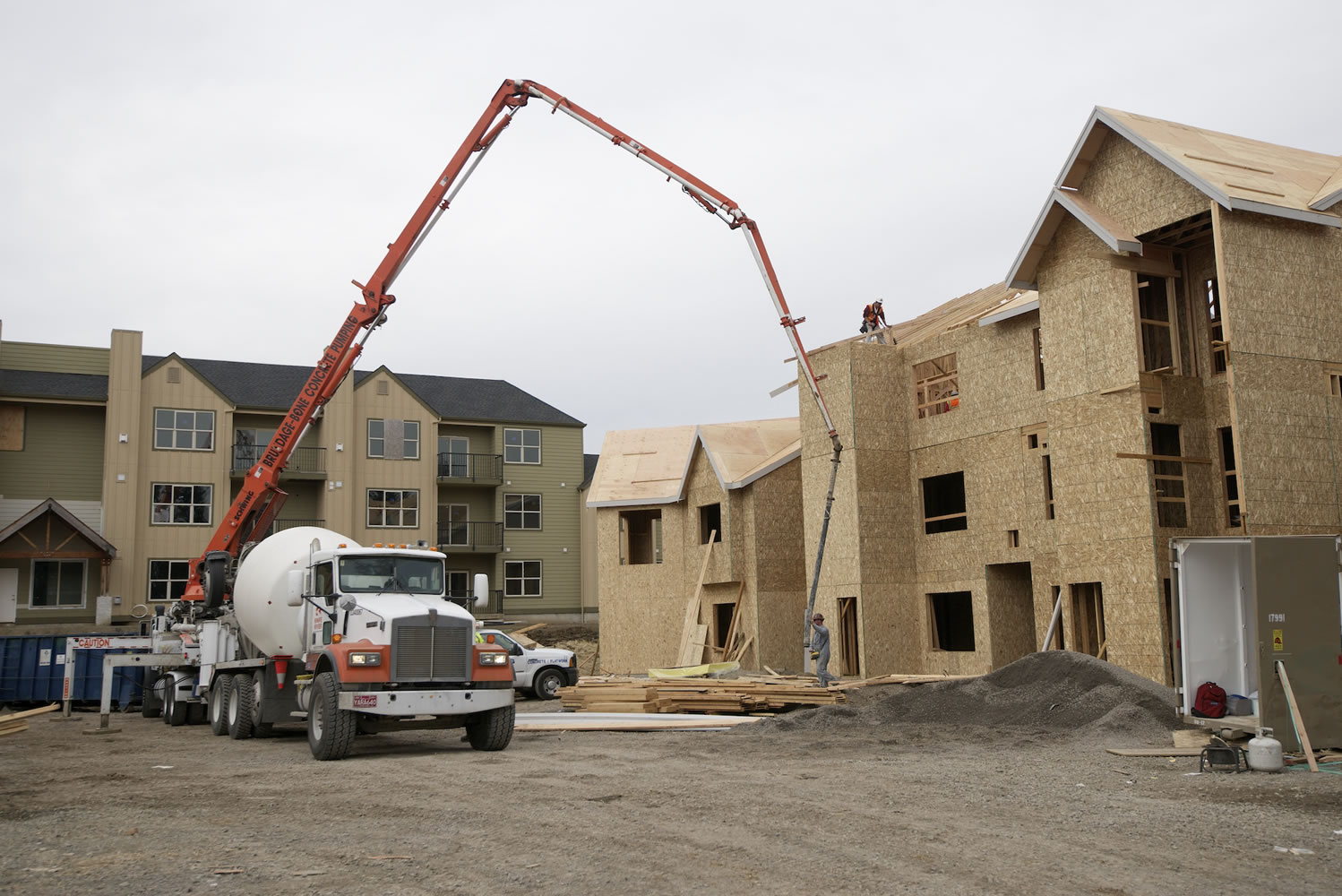Five years after the first financial catastrophe of the 21st century, Clark County is finally flexing some real muscle, dropping its role as an economic laggard, exceeding the growth rate of the nation and pulling closer to that of the state, the most recent labor market data show.
Could this be the county’s economy?
In the 12 months through February, Clark County added a net 2,500 jobs, an increase of 2 percent over the year. By contrast, the nation and Washington posted annualized growth rates of 1.5 percent and 2.5 percent, respectively.
Whether the bounce will prove fleeting remains to be seen. To be sure, in better times, the county’s annual growth rate typically clocks in at 2.5 percent to 3 percent. Nevertheless, as Scott Bailey, regional labor economist for the state Employment Security Department, put it: “We’ve been catching up overall.”
That’s not to say we’re all caught up.
For perspective: Since February 2010, when employment losses stopped in the aftermath of the crash, Clark County has recovered 4,600 jobs, or 46 percent of the 9,900 jobs vaporized by the recession.




